Best of India Tours
- Golden Triangle Tour- Best of India & Nepal
- Classical Rajasthan
India Cultural Tours
- Images of North India- Karnataka Heritage
- Rajasthan & Goa Tour
Discover India Tours
- Grand India Tour- North to South India
- Central to South India
Rajasthan Tours
- Classical Rajasthan Tour- Golden Triangle Tour
- Grand Mughal Tour
India Luxury Trains
- Palace on Wheels- The Golden Chariot
- India Deccan Odyssey
- The Indian Maharaja
- Royal Rajasthan on Wheels
Nepal Tours
- Glimpses of Nepal- Buddhist Pilgrimage
- Nepal River Rafting
- Destinations of Nepal
- Nepal General Info
India Wildlife Tours
- North India Wild Life- South India Wildlife
Tibet Tours
- Tibet Monastery Tours- Explore Tibet
- Destinations of Tibet
Spa & Yoga Tours
- Ananda in Himalayas- Yoga & Meditation
Adventure Tours
- Manali Safari Tour- Himalayan Trekking
- Horse Safari
Jabalpur
Bandhavgarh
![]() Bhopal
Bhopal
![]() Gwalior
Gwalior
![]() Indore
Indore
![]() Jabalpur
Jabalpur
![]() Kanha
Kanha
![]() Khajuraho
Khajuraho
![]() Mandu
Mandu
![]() Orchha
Orchha
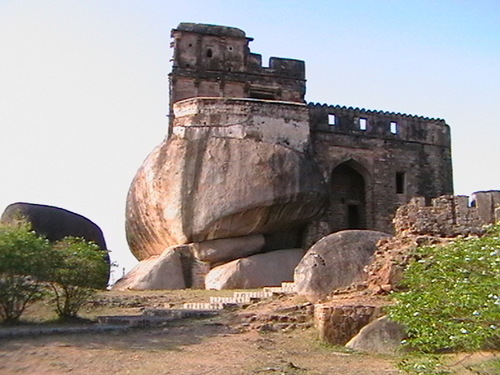
On the upper reaches of the Narmada River at about 308 km from the capital city of Bhopal lies the city of Jabalpur, the heart of the Indian tribal belt. As one approaches the city, the varied tinted marble rocks on both banks of the Narmada offer a fascinating sight. The name Jabalpur is believed to have been derived from a saint named Jabali Pattanam or Jabal. Archaeological excavations show that the city has a 4,000-year-old history. It is believed that during the time of Mahabharata, Jabalpur Famous Marble Rocks, Madhya Pradesh Tourism a Hayahaya king ruled the area.
Later it passed on to the Mauryan Empire and then to the Gupta Empire. In AD 875, Jabalpur was conquered by the Kalchuris who made it the capital of their new kingdom. During the 12th century, the Gonds took over and by the early 16th century, Jabalpur and its surrounding areas became the powerful kingdom of Gondwana. Jabalpur was taken over the British in 1817 who made it the commission headquarters of the Narmada territories and established a cantonment here. The summers in Jabalpur are hot and humid. Monsoon starts in June and lasts till September. Winters are quite pleasant and are the best times to visit this place.
Sightseeing
Jabalpur is a beautiful place to visit. The splendid environs provide an excellent retreat from the busy life of the metropolitans. The wonderful marble rocks that dot both sides of the Narmada River provide a scenic locale for an evening walk. A visit to wildlife parks nearby makes you familiar with the region’s fauna. The forts present the history of the city through the ages. Some of the interesting places to visit in Jabalpur are Madan Mahal Fort, Sangram Sagar, Rani Durgavati Museum, Marble Rocks, Tilwara Ghat, and Mala Devi Temple.
Excursions
From Jabalpur one can go on daylong trips to Roopnath, Bilhari, Nohta, Mandla, Ramnagar, Rookhad, Pench National Park and National Park of Fossils. Mandla (95 km) was the capital of the ancient Gond kingdom of Garha-Mandla. A 17th-century fort surrounded on three sides by the Narmada River is the main attraction here. Roopnath (84 km) is the site of a Shiva lingam while Bilhari has archaeological ruins of a bygone era. Nohta village, 81 km from Jabalpur, was the capital city of the Chandela kings in the 12th century. Rookhad and Pench National Parks are known for their wildlife while the National Park of Fossils houses plant fossils.
Excursions for Jabalpur
Madan Nahal Fort
Vidhan Soudha, built in the year 1954 is one of the major centres of attraction in Bangalore. The architecture of the building is based on the neo Dravidian style and it presently houses the Legislative Assembly of the state of Karnataka. The building also houses a part of the Karnataka secretariat.
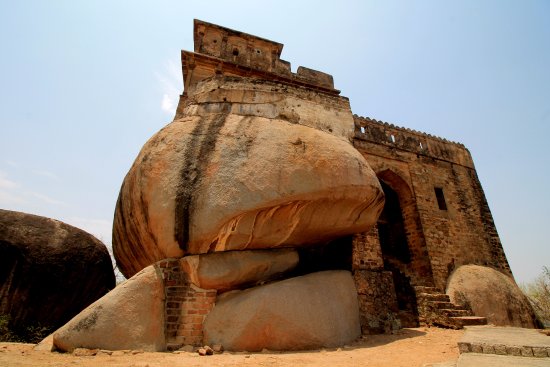
Sangram Sagar
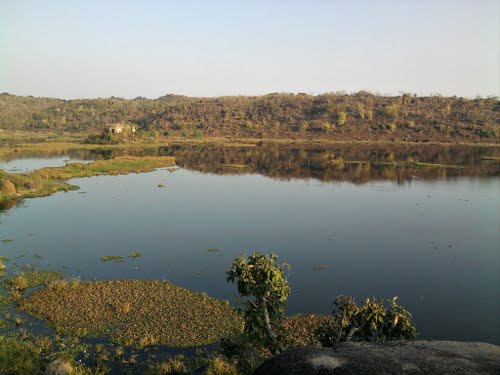
About 15 km from Jabalpur are located the medieval constructions of Sangram Sagar and Bajnamath, which were built between 1480 and 1540 by the famous Gond King, Sangram Shah.
Rani Durgavati Museum
Situated to the south of the marketplace, the Rani Durgavati Museum houses a number of sculptures dating back to the 10th and 11th centuries. The museum also has letters and photographs relating to Mahatma Gandhi besides models and photographs depicting the Gond people.
Marble Rocks
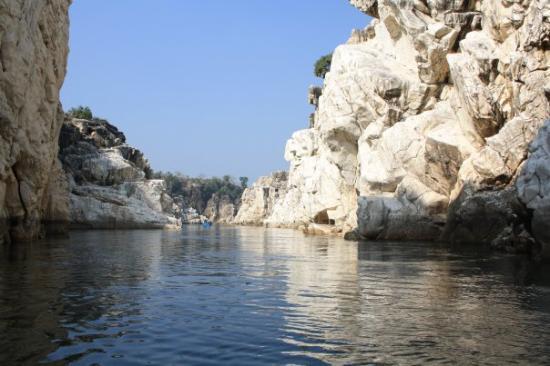
Known locally as Bheraghat, this gorge on the Narmada River lies 22 km west of Jabalpur. The gleaming white rocks with dark green volcanic seams rise as much as 30 metres on both side of the river Narmada. On full moon nights the rocks offer a wonderful sight.
Tilwara Ghat
It is here that Mahatma Gandhi/’s ashes are said to have been immersed. Tilwara Ghat was also the venue of the open session of the Tripuri Congress in 1939.

Mala Devi Temple
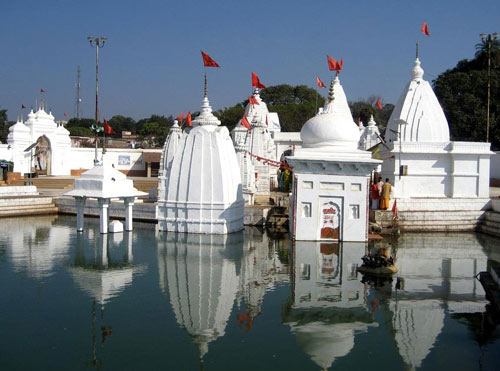
The Mala Devi Temple was built in the 12th century, and houses a beautiful image of Mala Devi or Laxmi.
National Park of Fossils
Spread over an area of 0.27 sq km, the National Park of Fossils is home to plant fossils. Although covering a very small area, the whole park is strewn with fossils of a bygone era. The best time to visit the park is from October to mid-February.
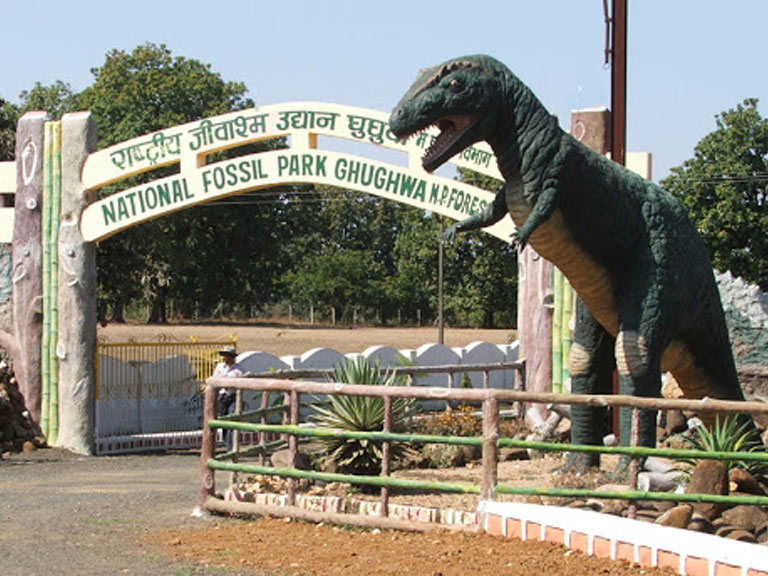
Nohta
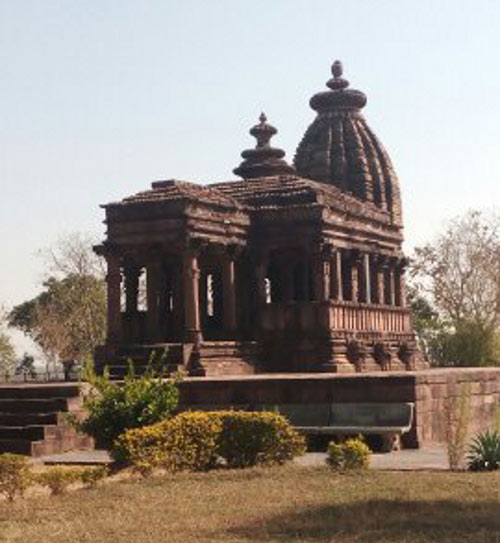
Nohta is believed to have been the capital city of the Chandela kings in the early 12th century. The village is situated at about 81 km from Jabalpur. About 2 km from this village lies a Shiva temple. The temple is the venue of the annual Kartik fair. One can also see a few ruins of the Jain temples here.
Pench National Park
The Pench National Park is spread over an area of 293 sq. km. The inhabitants of the park include tiger, leopard, chital, gaur, sambar, wild boar, muntjac and nilgai.

Ramnagar
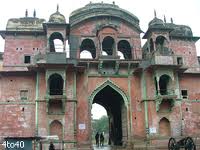
About 15 km away from Jabalpur is Ramnagar. Here a ruined three-storey palace overlooks the Narmada River. The palace and the fort were both built by Gond kings.
Rookhad
A wildlife sanctuary adjacent to the Pench National Park, Rookhad is situated at a distance of 101 km from Nagpur on the National Highway No. 7. A charming retreat in bison country, Rookhad is worth a visit.
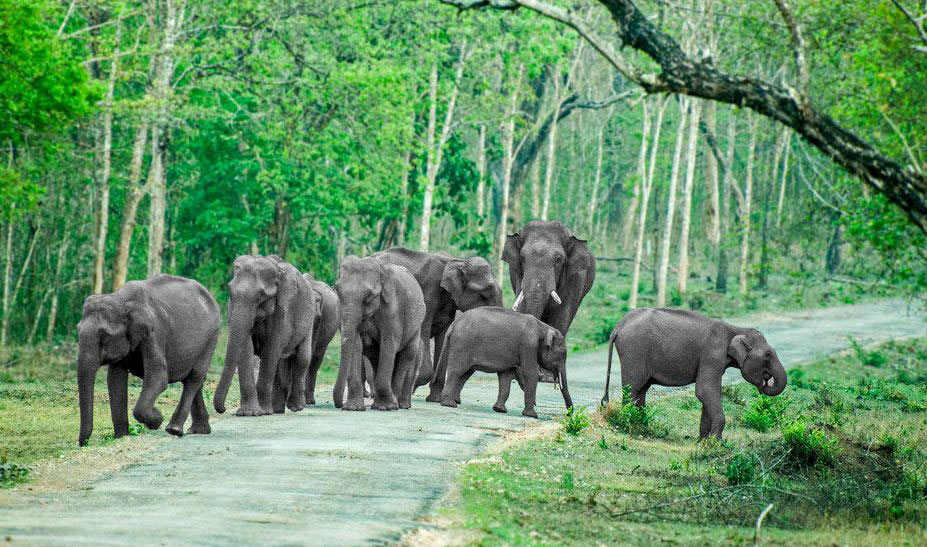
Roopnath
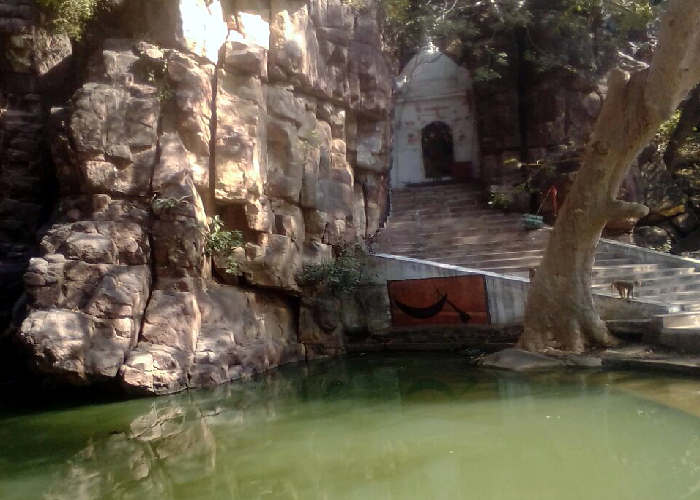
About 84 km from Jabalpur lies Roopnath. Here a lingam placed in the cleft of a rock and dedicated to Lord Shiva is a major source of attraction.
Mandla
Mandla, located at 95 km south of Jabalpur, is known for its fort. The fort is situated in a loop of the Narmada River in such a way that the river protects it from three sides with a ditch on the fourth. The fort was built in the late 17th century. Today the fort is subsiding into the jungle, though some of its towers still stand. Nearby on a stretch of the Narmada, many temples dot the riverbank.
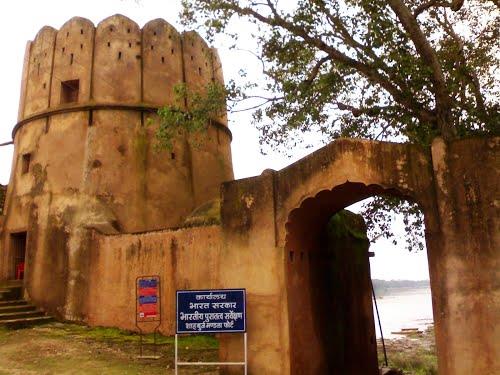
Bilhari
Bilhari is situated at about 14 km from Katni. Archaeological excavations have unearthed many pieces of ancient sculptures here.
Fact File
 Area: 154.21 sq. km
Area: 154.21 sq. km
 Population: 7,64,586
Population: 7,64,586
 Altitude: 496 metres above sea level
Altitude: 496 metres above sea level
 Best Time to Visit:October to March
Best Time to Visit:October to March
 Languages:Hindi
Languages:Hindi
 STD Code: 0761
STD Code: 0761




